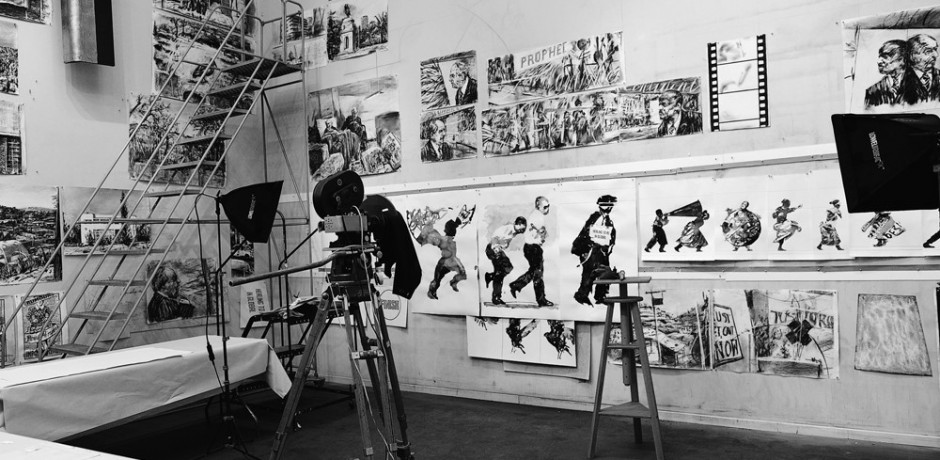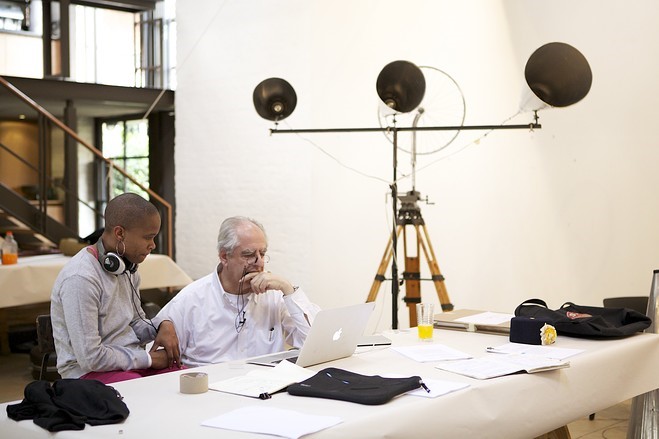Tag: Johannesburg
(today, we continue our interview with William Kentridge. The first part can be found here)
YA: Tell me a about the history of Johannesburg, since you’ve mentioned it, and how it’s affected your work. Apartheid and the reality of –
WK: Well, there’s a 2 billion year history of Johannesburg, which was a meteorite impact, which tilted the earth, which brought the gold to the surface, which is the reason Johannesburg existed. So it has a geological – not a geographic – X. And the hills around Johannesburg are essentially made by these piles of earth that came out of the mines, from the gold mines, those are our hills. But unlike most hills, which are fixed, and mountains, which are symbols of eternity, these are portable properties. They’re owned by the mining companies that excavated them and, as the price of gold goes up, they will get erased. So it’s a kind of a city that animates itself, it erases itself. You’ll see a hill and over the course of three months it will literally be rubbed out. It will be blasted away with high-pressure waterjets. So there’s a way in which the city is a new city. At my age, I’ve been alive for, like, 40% of the age of the city. The city’s only 130 years old.
YA: How old are you now?
WK: 56, 40% of the age of the city. So there’s that sense of it being an unfixed entity. And one that’s changed over 50 years, there’s no doubt, that I remember the city. It’s very bleached in terms of its colors, particularly in winter, it’s very harsh light, high contrast. So there’s a way in which it has an affinity with charcoal drawing, so there’s a lot of links that go across. It’s a bastardized, city of bastardy. It doesn’t have a long tradition. All its traditions are imported, recent, from all over. So I think it’s a city that proclaims both a virtue and the necessity for mixed traditions for constructing itself out of abandoned objects and thoughts. Read More…
It is a blinding bright winter morning in Johannesburg and I am sipping on honeybush rooibos tea while I wait for one of my artist heroes: Mr. William Kentridge. We are meeting again for the first time since the opening of his retrospective at the Museum of Modern Art in New York to discuss his dream of being an elephant, how apartheid influenced his practice, what keeps him curious, and the exercise of embracing a multiplicity of mediums. This was my third time in South Africa, where I have been travelling annually to support an arts empowerment program at Nkosi’s Haven (an orphanage founded with the aim of looking after mothers and children directly affected by HIV/AIDS).
A lone sofa sits in a wide open space with a simple Maplewood coffee table in front of it. The proportions of the space lead me to think that it could be a double decker bus garage designed by Mies van der Rohe. Instead of tall buses, exquisite three-dimensional corpses occupy the place: musical machines that feel like oversized puppets. My memory keeps going back to one, a rolling tri-pod upholding a sewing machine with megaphones for arms. These would soon thereafter be shipped to New York for his solo show at the Marian Goodman Gallery titled Second-hand Reading. Read More…


